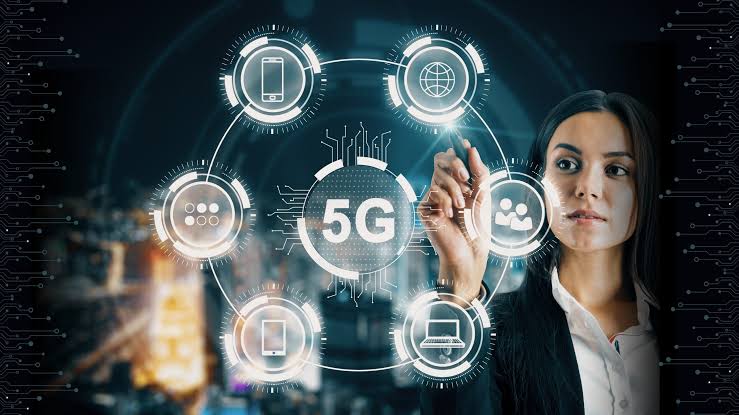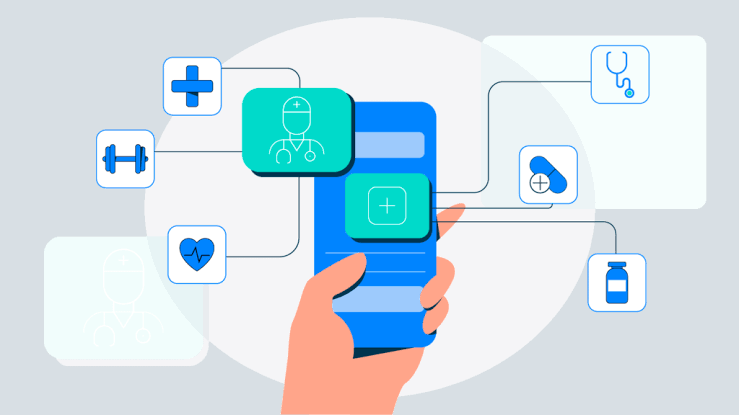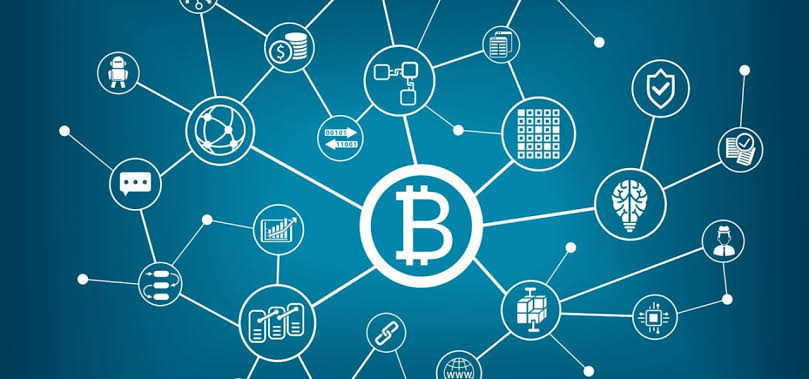5G is the fifth generation of mobile network technology that is changing how we connect and communicate. Since it started rolling out globally in 2019, 5G has grown a lot. By July 2025, it has become the main system for digital communication. It offers speeds up to 100 times faster than 4G, very low delays, and can connect billions of devices at once. 5G is more than an upgrade — it is a new way of connecting.
From smart cities and self-driving cars to real-time virtual experiences and advanced healthcare delivery, 5G is laying the groundwork for a fully interconnected future. Its implications go far beyond personal smartphone use, touching nearly every sector of society.
Unmatched Speed and Latency
One of the most striking improvements with 5G is speed. Where 4G networks average download speeds of around 20 to 30 Mbps, 5G networks can deliver speeds exceeding 1 Gbps in many regions and even 10 Gbps in optimized environments. This leap means users can download movies in seconds, enjoy buffer-free streaming in 4K and 8K, and access cloud-based applications instantly.
Equally important is 5G’s ultra-low latency — the delay between sending and receiving information. While 4G latency hovers around 50 milliseconds, 5G can reduce it to as low as 1 millisecond. This near real-time responsiveness is essential for applications like remote surgery, autonomous vehicles, and industrial automation.
Supporting Massive Device Connectivity
In today’s world, the number of connected devices is exploding — not just phones and tablets, but also sensors, appliances, and wearables. 5G networks are designed to handle this scale, enabling up to one million connected devices per square kilometer.
This massive device connectivity makes the concept of the Internet of Things (IoT) more viable than ever. Smart homes, smart factories, and smart cities can now function more efficiently as 5G ensures stable, uninterrupted communication between thousands of embedded devices, all operating simultaneously.
Enhancing Communication in Remote and Rural Areas
For years, rural and underserved areas have lagged behind urban centers in internet access and quality of service. 5G is beginning to close this digital divide. Thanks to innovations like fixed wireless access (FWA), 5G can provide high-speed internet to remote areas without the need for extensive fiber-optic infrastructure.
This improvement means that people in remote communities can now access telemedicine, participate in remote education, and explore new digital job opportunities—all through a network that’s finally able to meet their needs.
Revolutionizing Industries and Business Operations
5G’s influence extends deeply into industries, fundamentally changing how businesses operate. Here are a few notable transformations:
- Manufacturing – Smart factories powered by 5G enable real-time monitoring, predictive maintenance, and automation of production lines with near-zero delays.
- Healthcare – Doctors can perform remote surgeries with robotic arms controlled over 5G, and real-time patient data from wearables can help detect issues before they escalate.
- Retail – AR and VR experiences become more immersive and realistic, while inventory systems sync instantly for seamless logistics.
- Agriculture – Drones, autonomous tractors, and AI-powered crop monitoring all benefit from reliable, low-latency 5G connections.
These industry-wide enhancements not only increase efficiency but also create new revenue streams and business models.
Transforming Public Services and Urban Infrastructure
Governments and municipalities are also tapping into 5G to improve public services and infrastructure. Smart traffic systems that adjust in real time based on traffic flow data, automated emergency response systems, and intelligent public transport networks are just the beginning.
Public safety is also benefitting from 5G. Law enforcement can use drones and body cameras connected through 5G to stream high-resolution video in real time. Meanwhile, environmental monitoring systems can detect pollution levels and transmit data instantly, aiding quicker interventions.
Fueling the Rise of Augmented and Virtual Reality
Augmented Reality (AR) and Virtual Reality (VR) require high bandwidth and ultra-low latency — both of which 5G delivers. These immersive technologies are moving out of niche gaming communities and into mainstream applications, such as:
- Education – Students can attend interactive virtual classes or perform scientific simulations in real time.
- Real Estate – Virtual property tours are becoming the norm.
- Entertainment – Live concerts and sports events can now be experienced in VR with stunning clarity and no perceptible lag.
The enhanced responsiveness and realism brought by 5G make AR and VR more practical and enjoyable, changing the way people learn, work, and play.
Enabling the Autonomous Vehicle Revolution
Self-driving cars rely on an intricate web of data, sensors, and real-time communications. 5G is the missing piece that allows these vehicles to operate safely and efficiently. Vehicles can now communicate with each other (V2V), with infrastructure (V2I), and with pedestrians (V2P) — forming a smart transportation grid.
Thanks to 5G, autonomous vehicles can react instantly to changes in their environment, whether it’s a child running into the road or a sudden lane closure. This ultra-responsive communication dramatically enhances road safety and paves the way for fully autonomous transport systems.
Boosting Cloud and Edge Computing
With 5G, the synergy between cloud computing and edge computing is stronger than ever. Rather than relying solely on distant data centers, edge computing processes data closer to the user — on the device itself or on nearby servers.
This local data processing is crucial for applications that demand instant responses, such as industrial automation or live gaming. By reducing the distance data must travel, 5G-powered edge computing minimizes delays and reduces bandwidth costs while improving performance.
Security Challenges and Solutions
While 5G brings a host of benefits, it also introduces new security risks. The increased number of connected devices creates more entry points for potential attacks. Furthermore, 5G’s software-defined architecture and reliance on virtualization make it a target for cybercriminals.
To counter these threats, cybersecurity protocols are evolving in tandem. Network slicing allows for isolated virtual networks within the same physical infrastructure, limiting the impact of breaches. Advanced AI-based threat detection systems also help monitor traffic patterns and identify threats in real time.
Conclusion
The 5G revolution is well underway, reshaping how we communicate, conduct business, and live our daily lives. Its combination of speed, reliability, and massive connectivity is enabling innovations once thought to be science fiction. From smarter cities and faster healthcare to immersive digital experiences and safer roads, the impact of 5G is broad and profound.
As adoption expands globally and infrastructure continues to mature, the real potential of 5G is only beginning to unfold. The next generation of communication isn’t just about faster downloads — it’s about a smarter, more connected, and more responsive world.



